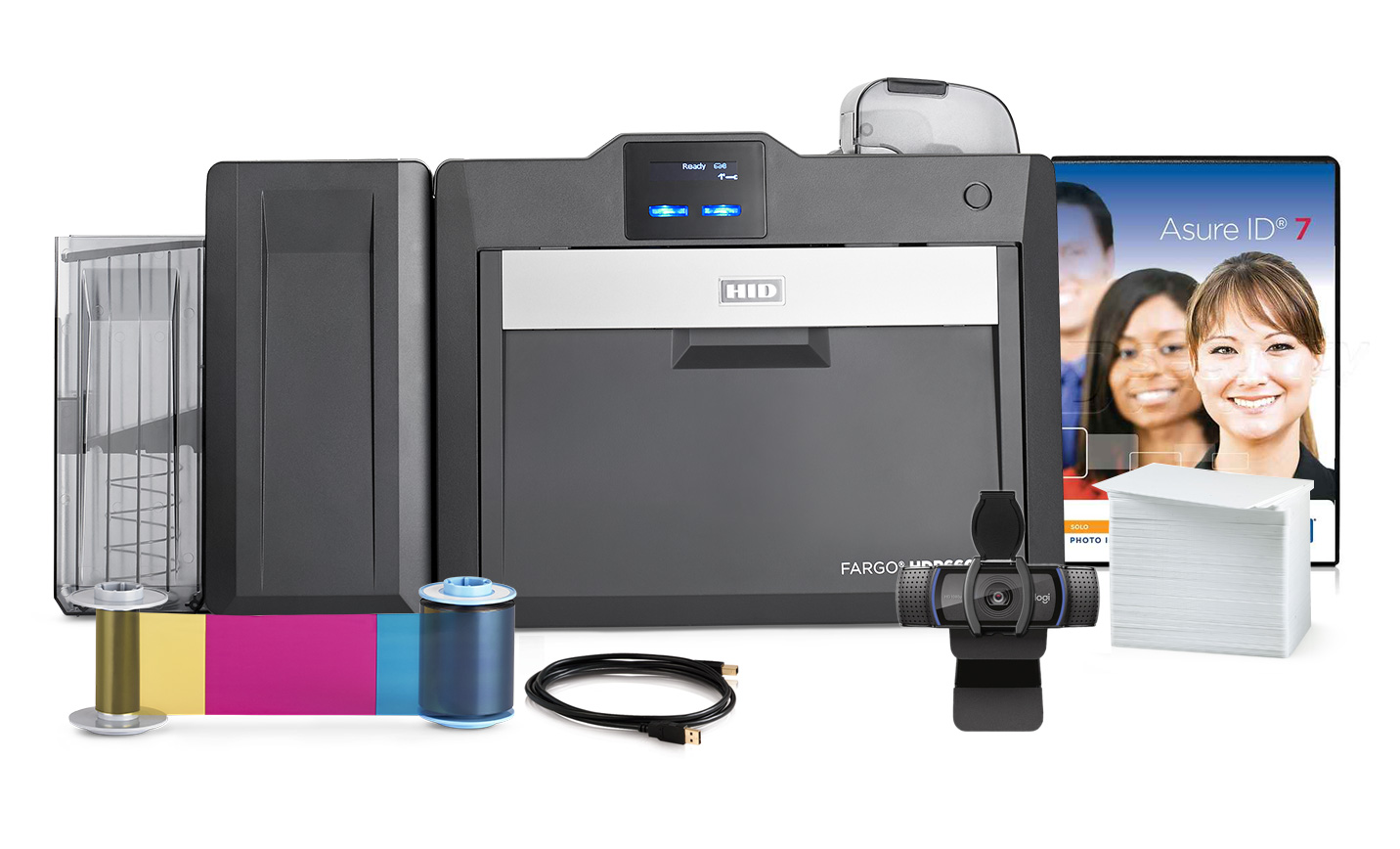 Assuring that ID card data is genuine and has not been altered or forged may require entirely separate techniques depending on how the document is produced. For example, laser engraving or indent printing permanently alters the ID card substrate, thereby reducing the threat of tampering or data substitution. Laser engraving can also be used to “disturb” the surface of an ID card, creating a tactile effect useful for document authentication. For many ID card documents, transparent DOVDs (diffractive OVDs) are applied over personal data, providing tamper evidence if someone tries to alter a photo, birth date, expiry number, etc. Some transparent DOVDs are combined with overlaminates or ID card overlays to provide additional tamper resistance against alteration. Photos and personal data in the U.S. passport, for example, are protected by a transparent DOVD that is tamper-resistant because the overlay is so thin and fragile that any attempt at altering it destroys the OVD effect, and the appearance of the card is permanently altered/ruined. The Datacard® Optigram® ID card laminate and the Kinegram foil sheeting made by OVD Kinegram AG are two examples of secure, restricted-use DOVDs that can be incorporated in a document design to add resistance to counterfeiting and alteration.
Assuring that ID card data is genuine and has not been altered or forged may require entirely separate techniques depending on how the document is produced. For example, laser engraving or indent printing permanently alters the ID card substrate, thereby reducing the threat of tampering or data substitution. Laser engraving can also be used to “disturb” the surface of an ID card, creating a tactile effect useful for document authentication. For many ID card documents, transparent DOVDs (diffractive OVDs) are applied over personal data, providing tamper evidence if someone tries to alter a photo, birth date, expiry number, etc. Some transparent DOVDs are combined with overlaminates or ID card overlays to provide additional tamper resistance against alteration. Photos and personal data in the U.S. passport, for example, are protected by a transparent DOVD that is tamper-resistant because the overlay is so thin and fragile that any attempt at altering it destroys the OVD effect, and the appearance of the card is permanently altered/ruined. The Datacard® Optigram® ID card laminate and the Kinegram foil sheeting made by OVD Kinegram AG are two examples of secure, restricted-use DOVDs that can be incorporated in a document design to add resistance to counterfeiting and alteration.
 Security features should be included for each level of an ID card’s examination. Some features will provide multiple levels of protection or deterrence so educational tools and reference aids should be provided to the public or user organization as first-level examiners. Special tools must also be provided to second-level examiners, ranging from simple magnifiers to ID card readers (e.g. magnetic stripe, barcode, or IC chip readers). Depending upon fraud threats associated with an ID card, designs should include features that provide sufficient resistance to counterfeit activities, to assure that an inspector can reasonably determine whether the document is original and genuine. Traditional security printing as used for currency is still generally effective for 2nd level inspection of ID card security levels. Application of an Optically Variable Device (OVD) is another important method for 1st level examination.
Security features should be included for each level of an ID card’s examination. Some features will provide multiple levels of protection or deterrence so educational tools and reference aids should be provided to the public or user organization as first-level examiners. Special tools must also be provided to second-level examiners, ranging from simple magnifiers to ID card readers (e.g. magnetic stripe, barcode, or IC chip readers). Depending upon fraud threats associated with an ID card, designs should include features that provide sufficient resistance to counterfeit activities, to assure that an inspector can reasonably determine whether the document is original and genuine. Traditional security printing as used for currency is still generally effective for 2nd level inspection of ID card security levels. Application of an Optically Variable Device (OVD) is another important method for 1st level examination.
Third-level security features are typically used for investigative purposes. Their primary value comes from forensic analysis of counterfeiting or forgery methods and the resulting link analysis. Third-level features can also be “demoted” to the second level as more advanced third-level features become available, or if second-level features become compromised.
AdvantIDge offers a wide variety of card printer systems, or other visitor management devices, to fill any of your asset tracking, visitor management, or identification card needs. From card printers and supplies for issuance to badge clips and other peripherals to put them into your users’ hands. With more than 40 years of combined industry experience, we’re ready to help you achieve your identification goals. For specific information please contact our sales department at [email protected] or call 800-965-5932 for more information on this update– we provide excellent customer service!


